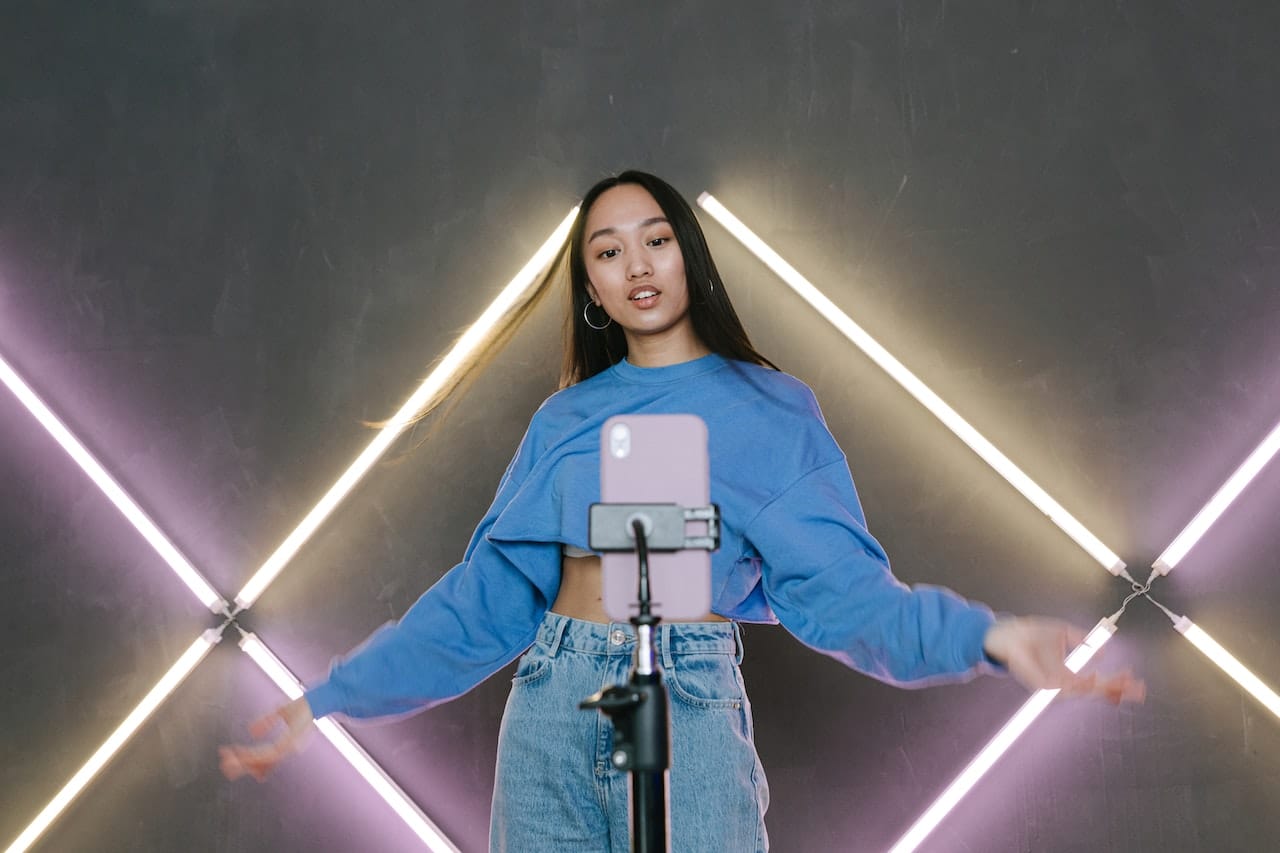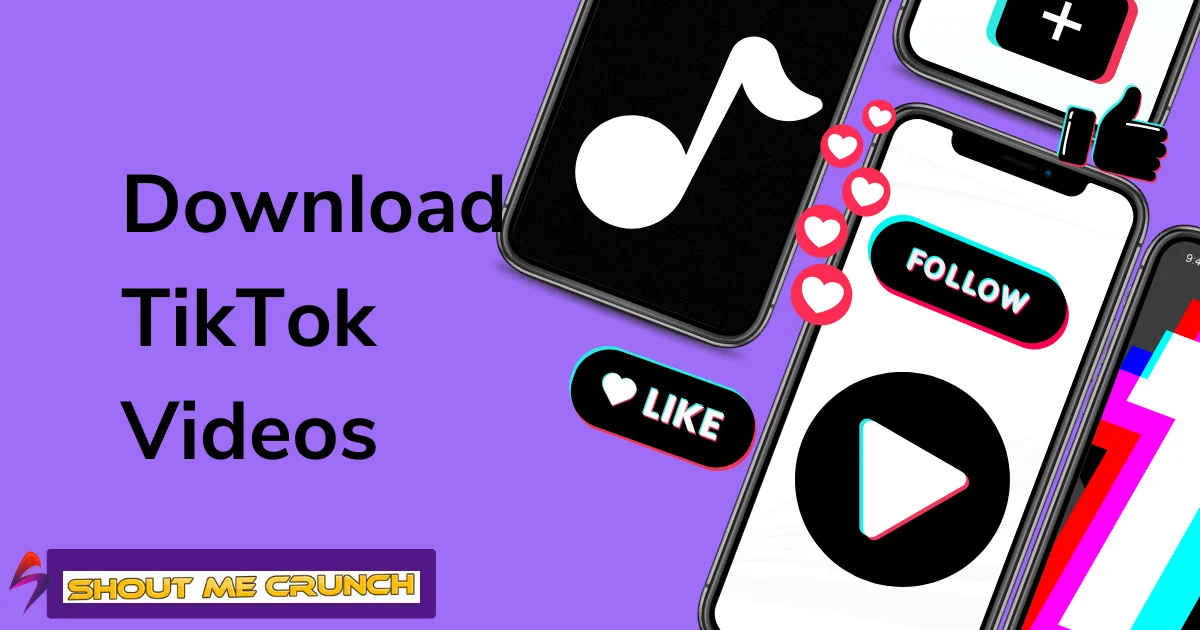Open your social feed for a second. What does your attention catch first? Maybe it’s not a long caption or a stable image, this is a video. From TIKTOK skits to production-ready product demos, video is the highest rule in digital kingdoms. They have become the center of today’s marketing because they complete some lessons and still do not draw: They attract attention, maintain it and leave a permanent impression.
Marketers understand this. Video marketing, in fact, ranks among the most effective methods of increasing conversions and brand recognition, according to recent research. And with video production costing and taking less effort than ever, it’s no longer a matter of whether you incorporate video into your marketing campaigns, but how.
This piece examines the potential of video in marketing, the various forms of content that you can produce, how to incorporate video into your campaigns, the tools that simplify it, and how to drive success.
Contents
Understanding the Importance of Video Content
Video brings together different senses, image, sound, motion, feeling, in a way that speaks to us immediately. A 60-second piece of video can relate a message, describe a principle, and establish trust simultaneously. That’s marketing effectiveness at its best.
And the statistics support it:
- 87% of marketers report using video to generate more traffic, states Wyzowl’s 2024 Video Marketing Report.
- The same study found that 82% of marketers saw increased dwell time on their pages when using video.
- HubSpot reports that consumers are twice as likely to share video as any other type of content.
- Most of all: viewers retain 90% of a message delivered through video, compared to reading text is just 10%.
If you’re not using video yet, you’re handing your competitors both engagement and revenue on a silver platter. Read also about Air Media Tech: YouTube Video Translation and Localization.
Ways to Use Video Content
All videos are not equal. Each is suited to a different purpose based on your campaign objectives. Here are some of the most effective ones:
1. Explainer Videos
Ideal for simplifying difficult concepts. Within two minutes, you can describe your business model, launch a new product, or guide customers through a process, without losing their attention.
2. Product Demonstrations
“Show, don’t tell” applies here. Product demos showcase features and advantages as well as solve customer problems. Demos are especially effective for e-commerce companies and SaaS businesses in pushing prospects toward buying decisions.
3. Customer Testimonials
Few things sell like social proof. A real customer explaining how your product solved their problem builds trust in a way no polished advertisement can match.
4. Behind the Scenes Content
Reveal people behind your brand, your team, your process, your workplace culture. It makes your company human and creates stronger emotional bonds with your audience.
5. Social Clips
Engaging clips are best for TikTok, Insta Reels, and YouTube Shorts. Well executed, these can become viral and really drive massive visibility for your brand.
6. Live Streams & Webinars
Going live encourages real-time interaction. It’s interactive, raw, and authentic, just what makes it so powerful. From product launches to Q&As to educational webinars, live video creates deeper audience connections.
Do You Know about Guideline of TheWizardliz For YouTube Success?
Tips for Incorporating Video into Campaigns
Creating a video is just a half battle. The bigger challenge is to integrate it into your overall marketing strategy. Here’s how:
Match Content with Goals
If awareness is your goal, short fun videos are optimal. If lead generation is your goal, use detailed webinars or product demonstrations. Always tie video content to a direct objective.
Use Social Media
Each platform has its strengths. Instagram loves dramatic short videos. LinkedIn prefers professional thought-leadership videos. YouTube is great for tutorials and long-form education content. Use the style of video appropriate for each platform.
Include Video in Email Campaigns
Mentioning the word “video” within a subject line can boost open rates. Inserting a thumbnail with a play icon particularly improves click through rates.
Optimize For SEO
With adding captions, transcripts, and keywords to gain more discoverability. Don’t forget, YouTube is also the second-largest search engine globally.
Repurpose Content
One webinar can be spliced into several short clips, translated into GIFs, or reworked as blog content. Repurposing maximizes ROI from a single source of video content.
Do you know How to Become Trending on YouTube?
Video Content Creation and Management Tools
The best news? You don’t have to spend a Hollywood budget to produce professional-grade videos. Here are some tools to begin:
- Canva & Adobe Express: Templates and branded images for speedy clean cuts.
- CapCut & InShot: Editors like these are user friendly, excellent for Instagram and TikTok.
- Loom: Ideal for walkthroughs or screen recordings.
- Animoto and Biteable: Easy drag and drop for professionally looking videos.
For posting and scheduling, Hootsuite, Buffer, and Sprout Social make content sharing for various channels easy.
Pro tip: Marketers often employ a YouTube video downloader to download exceptional campaign examples for future analysis. These downloads serve as inspiration, benchmarking, and training materials (while, naturally, respecting fair use and copyright).
Measuring the Impact of Video Content
To understand whether your videos are delivering, monitor the appropriate metrics:
- View Count: The lowest level of indicator of reach.
- Watch Time: Specifies how user friendly your content is.
- Click-Through Rate (CTR): If your video is at the top meaning has a call to action.
- Conversion Frequency: The important question is, did the audience go that extra?
- Audience Engagement Metrics: Likes, shares, and comments indicate audience engagement towards content.
Features like YouTube Studio, Google Analytics, and even analytics on LinkedIn and Instagram provide deep insights to overview. And use these figures not only for reporting, but also to optimize campaigns for the future.
Conclusion
Video marketing is not a mania, it is today’s reality how people consume online. From the interpreter video to the webinar, video confidence offers a means to inform, attach and convert when installing video
If you have not yet included the video in the marketing, it is the time now. Start small, a short customer explanation, back and a straight product demo. As your skills and confidence grow, you play with more sophisticated formats.
And if you have found unique insights or case studies on video marketing, we would love to hear from you. Write for us news and media and share your expertise with the audience who are eager to learn.
In its best form, video marketing is not about becoming viral, it is about making moments that are sticks. Your customers are already watching. The only question is: Will this be your story as they remember?








